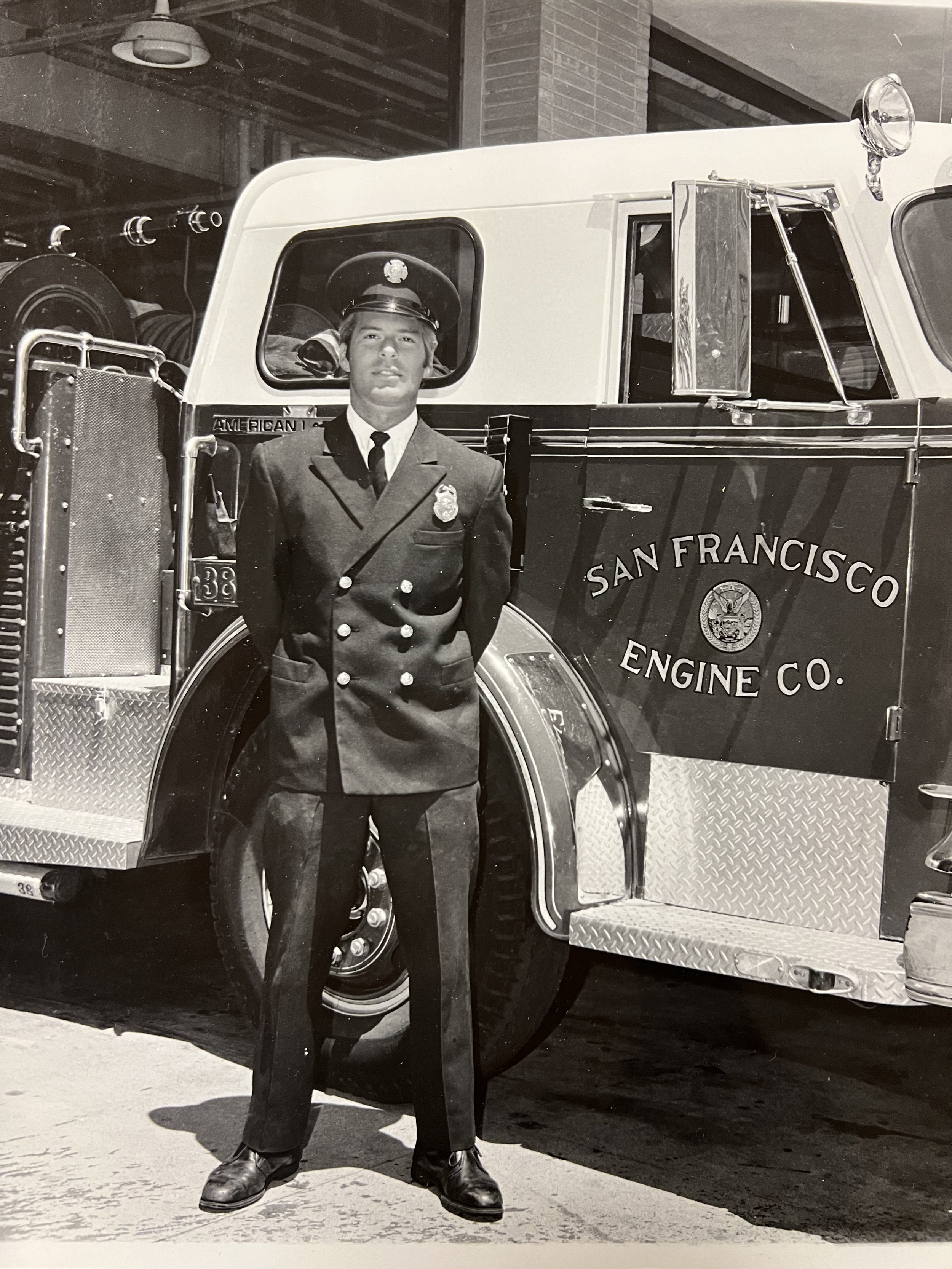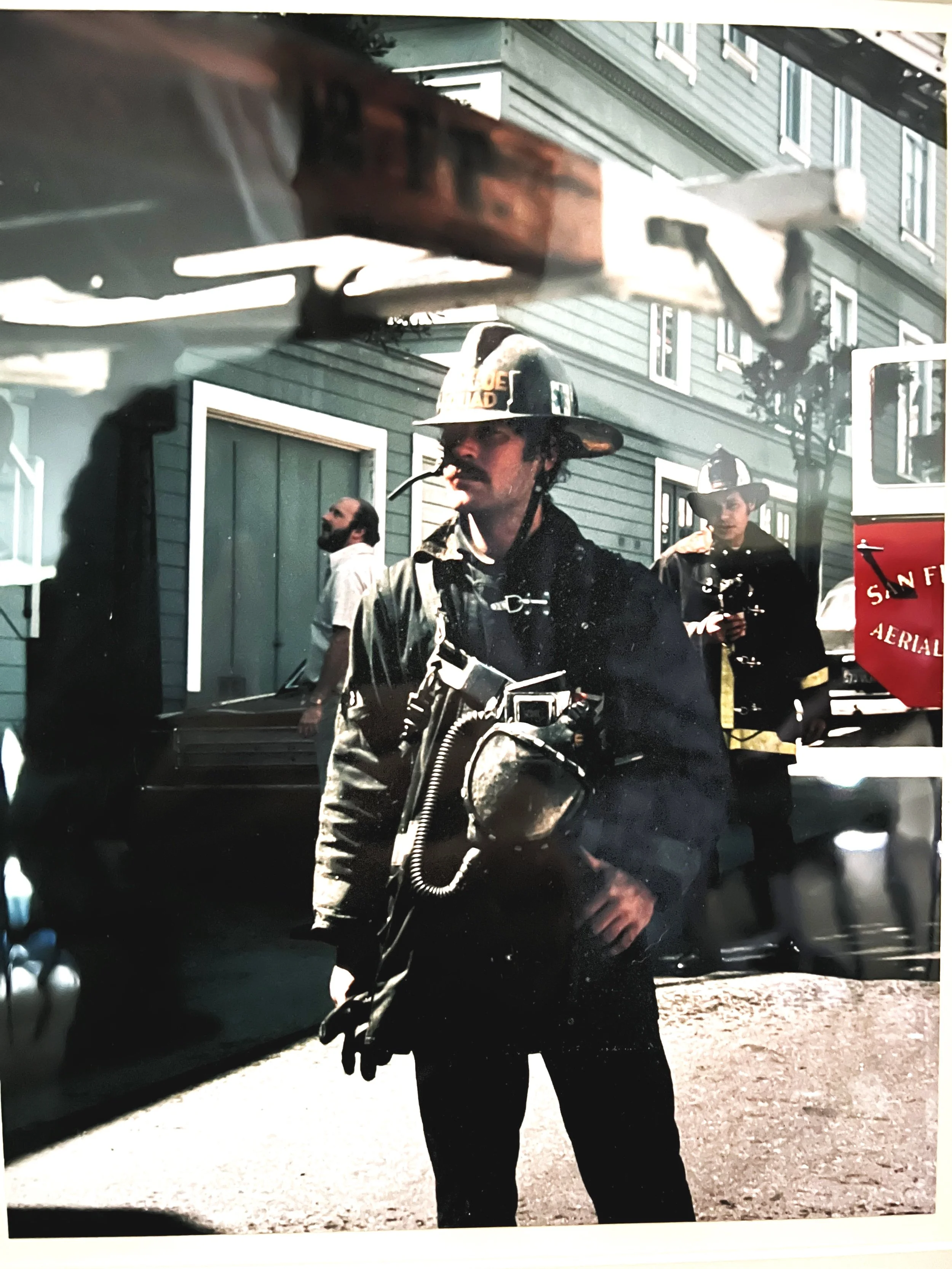
Repetition Builds Muscle Memory
Sets & Reps:
Emergency training accelerates: The initial spark of curiosity powers a desire to delve more deeply to sacrifice one’s time and ego while pursuing the fundamental subject matter and habits required to hone character successfully.
Psychomotor Skills Proficiency: The Grind
In addition to passing multiple choice quizzes and exams, students must properly utilize their emergency skills and equipment. What good are the traction splints, cravat slings and swathes, sphygmomanometers, glucometers, Oxygen saturation monitors, scoop stretchers, KED Sleds, head beds, gurneys, stethoscopes or even a penlight without the savvy for appropriate utilization? Once studied, the knowledge, tools, and methods are immediately implemented, and the student’s aptitude for information articulation and retention is tested. All of this is to say that the ‘See one, do one, teach one’ course philosophy is immediately instituted. The cohort begins practicing immediately following any skills demonstration. We’re on hands and knees, sopping up stage blood, tourniquet-ting gunshot sides of beef, plugging holes, splinting one another. This is “Sets and Reps,” the way one would memorize, train a muscle, wrestle, or choreograph dance routines. “Sets and Reps”—or “Grinding—” is like a new workout regimen; initially, students are reluctant to sweat, but anger and frustration slowly build tolerance and persistence; students will compete with one another, or work before, after class, during break, or meet outside of school to continue skills training. By semester’s end, students have forged bonds and demonstrate initiative by integrating procedures, or improvising with different pieces of gear.
I want to see students taking it upon themselves to work harder, longer, and better together, and I want to see a willingness to continue this discipline in perpetuity. Students have learned the fundamental language, knowledge, modalities to learn, and persistent discipline it will take to push for years until they attain the career they set their compass to in my courses.
Reach Out to Them Before They Grind Out
The chain reaction isn’t always easy to get started. Some students are recalcitrant to work, only to exert minimal effort. Sometimes, it’s a simple nudge in the right direction. Other times, it’s poisonous to the cohort.
During sets and reps, students slink off to their phones. “I took the blood pressure. I know how to do it.” Good, do it again.
In the middle of skill Sets and Reps, some students will lie down and nap on the gurneys or tables. I’m easygoing, but this is a bridge too far. I’m quick and direct, saying something to the effect of: “You can’t sleep on the gurney. You have to keep working on this until Sets and Reps have concluded.”
If this behavior persists, a direct but sympathetic will take place between the students and myself.
What’s going on lately? Are you tired or ill? Is everything alright? Do you need me or anyone else to help?
Your actions aren’t helping you succeed in class. I can’t allow you to continue this type of behavior during class. If you choose to remain today, you need to participate. If you go home, you should review the Self Alignment Assignment you completed the first week of the class. Are we clear?… Is there anything I can do to help you?

